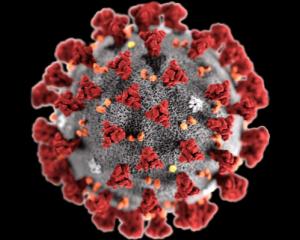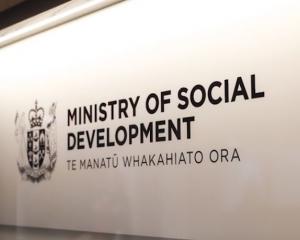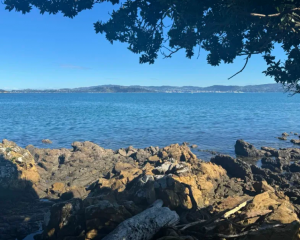A briefing report for the new environment minister, David Parker, on water issues says water quality has become a "major issue" for the New Zealand public and a new approach to water allocation is needed.
The report was released last week as part of the briefings to incoming ministers of the new Government.
It did not mention Otago specifically, but said the public was concerned about rivers nationwide being clean enough to swim in.
It also said declining water quality would hurt New Zealand’s international reputation.
"The tourism industry trades off a clean, natural-environment brand and overseas consumers are increasingly interested in higher environmental standards and assurances."
The report said irrigated land in the country increased by about 70% nationally between 2002 and 2017.
It said dairy cattle numbers had increased 69% between 1994 and 2015.
Sheep numbers had decreased by 41% in the same timeframe.
The report said there was a "significant correlation" between pasture cover and water quality for swimming — areas with high pasture cover in New Zealand had poor swimming quality.
In a map in the report, Otago appeared to have had low levels of pasture cover and high swimming quality.
The map showed that much of Southland had high pasture cover and poor swimming quality.
The South Island had much less pasture cover and better water quality than the North Island.
The report said in the past 10 years, nitrogen levels in rivers had increased in rural areas.
In the same 10-year period, phosphorus levels in rivers decreased in rural and urban areas and E. coli levels in rivers across the country showed no clear trend.
While the trends for dissolved reactive phosphorus concentrations varied across the country, in monitored rivers levels improved at more sites (42%) than worsened (25%) between 1994 and 2013.
The report said demand for water was increasing and its availability could be affected by environmental problems.
"As New Zealand’s population and agriculture-based economy continue to grow, the demand for fresh water is likely to rise further."
At the same time, climate change is projected to lead to lower rainfall in some areas of the east and north of the country, with more prolonged droughts and periods of low flows in rivers.
"Behaviour change and a new approach to allocation are needed to better protect waterways, place a higher value on fresh water and encourage smarter production methods for commercial use."
Most monitored water sites were showing signs of improvement, the report said.
Water clarity in New Zealand had improved at two-thirds of monitored sites between 1989 and 2013.











